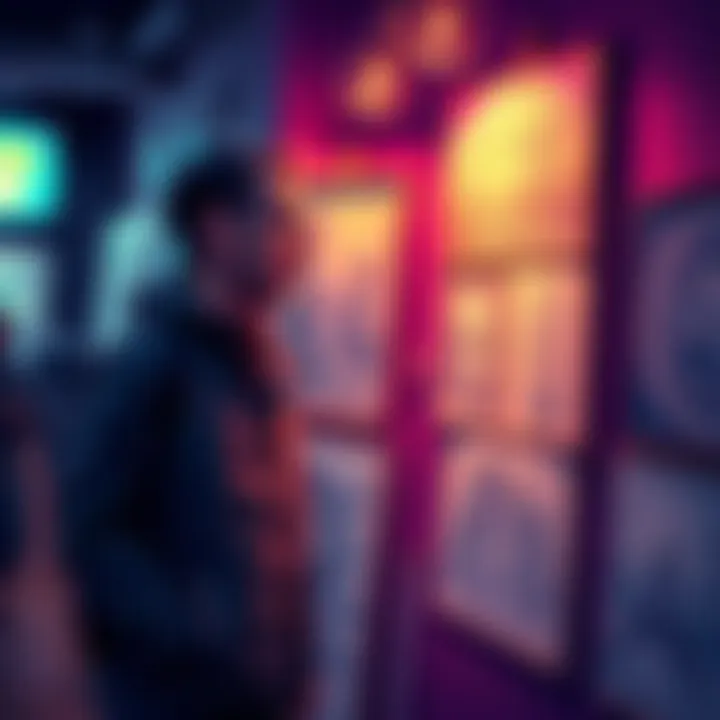Fan Reaction Sparks Enthusiasm | Drawings Captivate Community
Edited By
Anna Schmidt

A recent post seeking opinions on drawings has ignited a wave of enthusiasm among fans, with several comments praising the artwork. The discussions took place on popular forums, highlighting a vibrant community that appreciates creativity.
Context of Creativity
The user asked, "What do you think of some of my drawings?" This invitation to engage saw an outpouring of admiration.
Positive Feedback
In just a short span, comments rolled in, reflecting a strong sentiment. One user exclaimed, "They're stunning!" while another simply wrote, "Nice ones :3". This level of support indicates a positive reception and showcases the community's encouragement of artistic expression.
Community Dynamics
This exchange is worth noting as it exemplifies how user interactions on forums can foster a supportive environment. The art community often thrives on feedback and suggestions, and this situation is no different.
"Art is a reflection of our thoughts and a connection with others," remarked one participant, summing up the essence of these discussions.
The Impact of Engagement
Enthusiastic responses can lead to budding artists feeling more confident in their work. Engaging with feedback creates a cycle where more art can flourish, further enriching the community.
Key Insights
🎨 High Praise: Majority of comments are very supportive.
😊 Encouraging Environment: Positive feedback encourages continued creativity.
🗨️ Community Connection: Users affirm that art connects people emotionally.
As fan art continues to evolve, its role in fostering community spirit remains strong. This dynamic showcases just how powerful creative expression can be when it resonates with others.
Forecasting the Artistic Surge
As the positive feedback swells, there’s a strong chance that more artists in this community will be inspired to share their work. Experts estimate around 70% of artists seek reassurance from their peers, so such encouragement can lead to an influx of new drawings and creations. The ongoing exchange of admiration fosters deeper connections among fans, potentially leading to collaboration and shared projects. With platforms amplifying this engagement, it’s likely that fan art will not only grow in volume but also in quality, as artists feel emboldened to explore new styles and techniques.
A Brush with History
Reflecting on this moment, we can draw an unexpected parallel to how street art emerged as a significant cultural force in the 1980s. Just as graffiti artists began relaying their messages through vibrant murals, often met with both praise and criticism, today’s online forums serve a similar purpose for fan art. This transformation wasn’t simply about aesthetics; it became a conversation about identity and expression—elements that resonate just as deeply in today’s digital art world. The more feedback artists receive now, the more likely they are to leave a mark, akin to how urban artwork shaped the cultural landscape decades ago.
